October 2018
October 7, 2018
The Girl Gershwin
A forgotten figure today, Dana Suesse was once dubbed (by the New Yorker magazine no less) as "the Girl Gershwin," a label that probably did her more harm than good. In her era, her talents, in a woman, were certainly and unfairly considered "weird" on some levels.
Posted By: Paul - Sun Oct 07, 2018 -
Comments (0)
Category: Music, Stereotypes and Cliches, Women, Twentieth Century
October 6, 2018
Verbal Flatulence
Clare Collins, a professor of nutrition at the University of Newcastle in Australia, has recently been making headlines for an article she wrote in The Conversation in which she claimed that if you hold in a fart too long some of it will eventually come out your mouth:To back up this claim she cites a 2010 article in the journal Digestive Diseases and Sciences, and this article does indeed say this:
However, it's hydrogen sulfide, H2S, that makes farts smell, and according to the article, this isn't excreted in your breath: "Once in circulation, H2S is excreted primarily by the kidneys as free or conjugated sulfate."
Posted By: Alex - Sat Oct 06, 2018 -
Comments (4)
Category: Science, Flatulence
Unidentified Flying Oddball
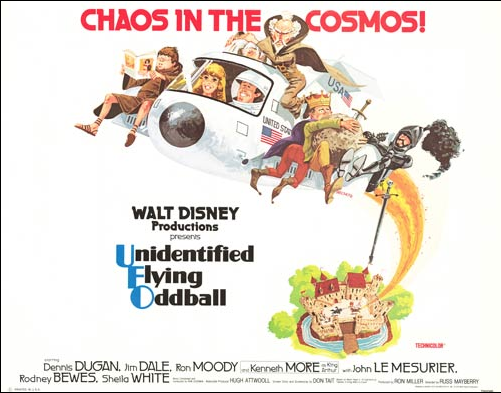
Wikipedia page.
Posted By: Paul - Sat Oct 06, 2018 -
Comments (2)
Category: Ineptness, Crudity, Talentlessness, Kitsch, and Bad Art, Movies, Spaceflight, Astronautics, and Astronomy, Science Fiction, Time-travel, 1970s
October 5, 2018
Invention Merit Badge
The Invention Merit Badge has the distinction of being the least-earned boy scout merit badge ever. Only 10 people ever earned it. The primary reason for this being that it required a scout to "invent and patent some useful article," which was a pretty high bar to set. After only three years the scout organization decided it was too much of a challenge and discontinued the badge. So it was only offered from 1911 to 1914. It was eventually replaced in 2010 by an Inventing badge which didn't have the patent requirement.Enthusiasts of scout history have tried to figure out who the 10 winners of the badge were and what they invented, but so far it seems that only one of the patents has been identified. It was a "uniform coat with a removable false sleeve on which Scouts could sew merit badges and rank badges," patented by Graeme Thomas Smallwood of Washington, D.C.
More info: Scouting Magazine, "History of the Invention Merit Badge" [pdf]
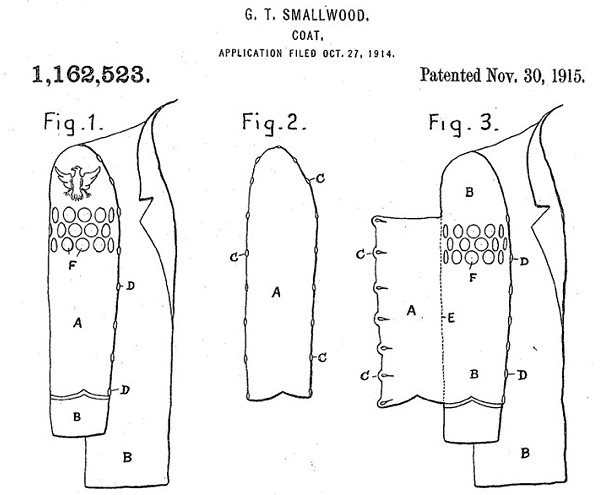
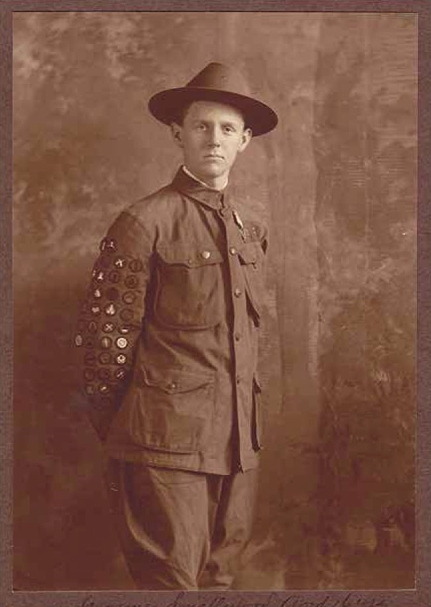
Graeme Smallwood
Posted By: Alex - Fri Oct 05, 2018 -
Comments (0)
Category: Clubs, Fraternities and Other Self-selecting Organizations, Inventions, Patents, 1910s
Unauthorized Dwellings 6

Source of article.
Posted By: Paul - Fri Oct 05, 2018 -
Comments (0)
Category: Unauthorized Dwellings, 1990s
October 4, 2018
Grunge Sneakers
Golden Goose Superstar Taped Sneakers, selling for $530. From the product description:You can buy regular Golden Goose Superstar Sneakers for around $460. So, essentially, you're paying $70 more for the piece of tape.

Posted By: Alex - Thu Oct 04, 2018 -
Comments (2)
Category: Overpriced Merchandise, Shoes
Miss Printer’s Devil 1953
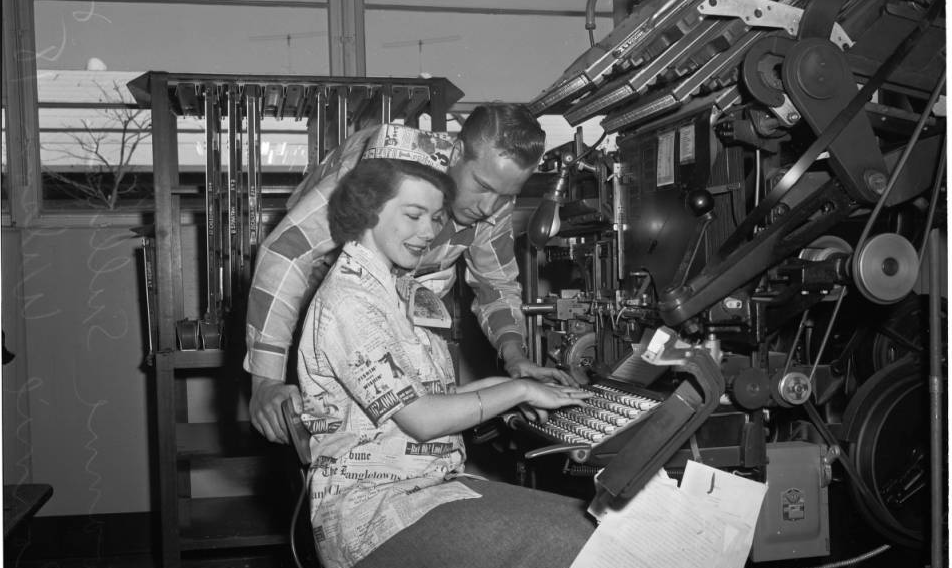

Miss Printer's Devil. Joanne Sullivan, Harbor Jr. College's 'Miss Printer's Devil' will reign over College's First Annual Printer's banquet and ball tonight (Friday). She is shown puzzling out words in galley in school's print shop. Joanne Sullivan (see above) is being shown how to press keys of Linotype by Ronnie Wilson, 18, printer major, who is studying to be a print shop teacher. Linotype requires exact touch to prevent pie (?) of type fonts."
Source.
Posted By: Paul - Thu Oct 04, 2018 -
Comments (5)
Category: Beauty, Ugliness and Other Aesthetic Issues, Contests, Races and Other Competitions, Newspapers, Technology, 1950s
October 3, 2018
Blue Jay Emetic Unit
As defined by biologist Lincoln Brower, a "blue jay emetic unit" is the amount of cardiac glycosides (a type of poison found in plants such as milkweeds) that will make one blue jay vomit. Brower determined the exact amount by putting cardiac glycosides into gelatin capsules which he force-fed to blue jays.The point of this was that various butterflies ate milkweeds and then became poisonous to the blue jays which, in turn, ate them. Knowing the exact amount of poison needed to make a blue jay vomit allowed Brower to rank each butterfly by its number of blue jay emetic units:
Source: Brower LP (Feb 1969). "Ecological Chemistry." Scientific American 220(2): 22-29.
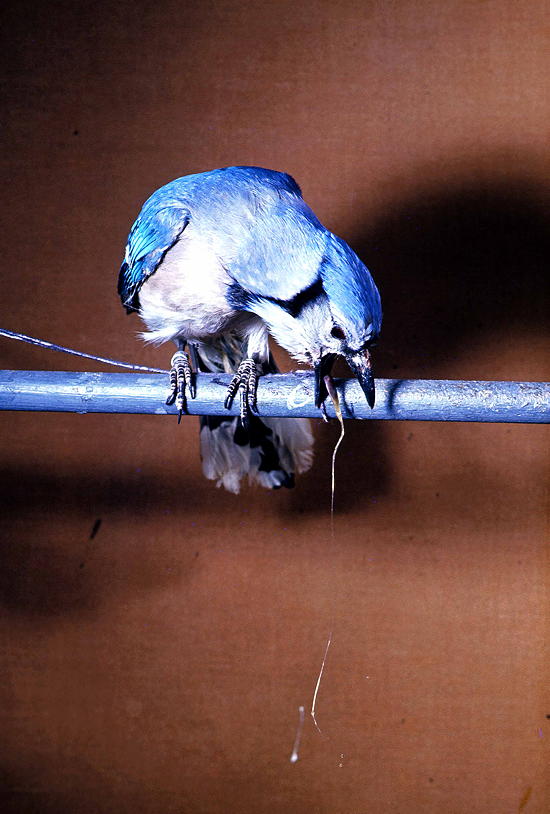
"barfing blue jay" (picture by Lincoln Brower. Source: ScienceFriday.com)
Posted By: Alex - Wed Oct 03, 2018 -
Comments (3)
Category: Nature, Science, Experiments
Mystery Illustration 77
Who is this innocent young girl-woman?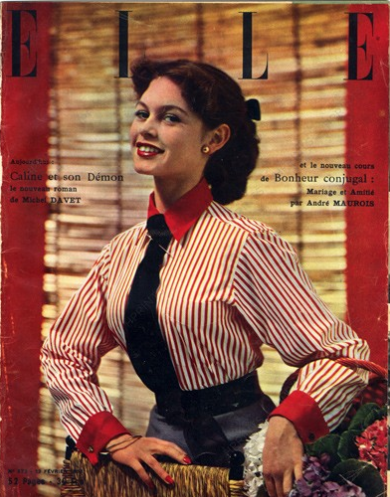
You can see her also on the left here.
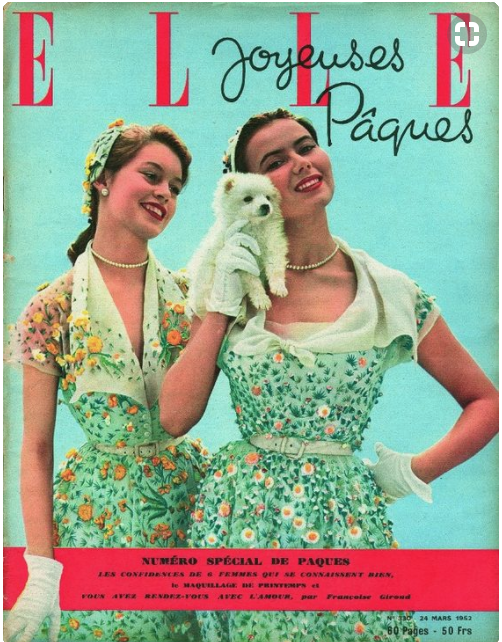
Hint: she became one of the biggest sex symbols of the 20th century.
Answer after the jump.
More in extended >>
Posted By: Paul - Wed Oct 03, 2018 -
Comments (2)
Category: Sex Symbols, 1950s
October 2, 2018
Whisper Seat
Patent awarded to Paul Bungo of Ambridge, Pennsylvania - July 20, 1971:Another object is to provide a whisper seat which accordingly will eliminate the embarrassment to an occupant of a bath room that persons outside thereof have heard him during a bowel movement.
I can't imagine that this invention actually worked, because how would it stop the sound from coming out from between your legs?

Posted By: Alex - Tue Oct 02, 2018 -
Comments (3)
Category: Inventions, Patents, Flatulence, 1970s
| Get WU Posts by Email | |
|---|---|

| Who We Are |
|---|
| Alex Boese Alex is the creator and curator of the Museum of Hoaxes. He's also the author of various weird, non-fiction books such as Elephants on Acid. Paul Di Filippo Paul has been paid to put weird ideas into fictional form for over thirty years, in his career as a noted science fiction writer. He has recently begun blogging on many curious topics with three fellow writers at The Inferior 4+1. Chuck Shepherd Chuck is the purveyor of News of the Weird, the syndicated column which for decades has set the gold-standard for reporting on oddities and the bizarre. Our banner was drawn by the legendary underground cartoonist Rick Altergott. Contact Us |

